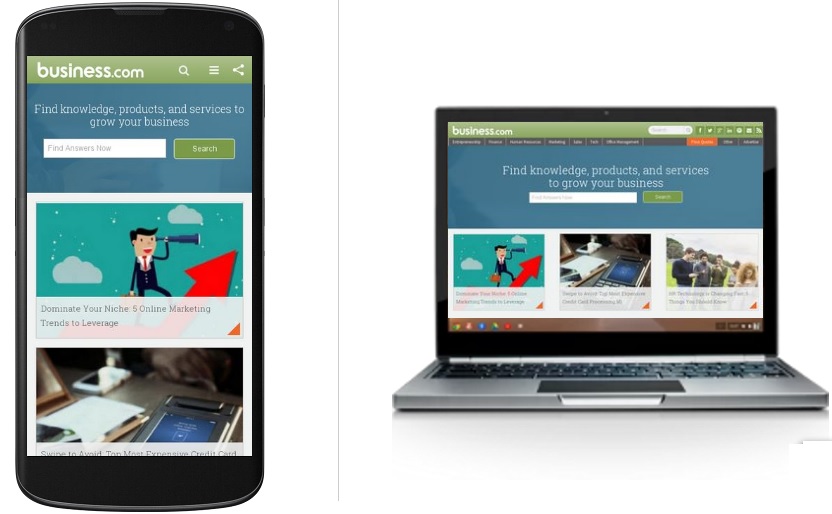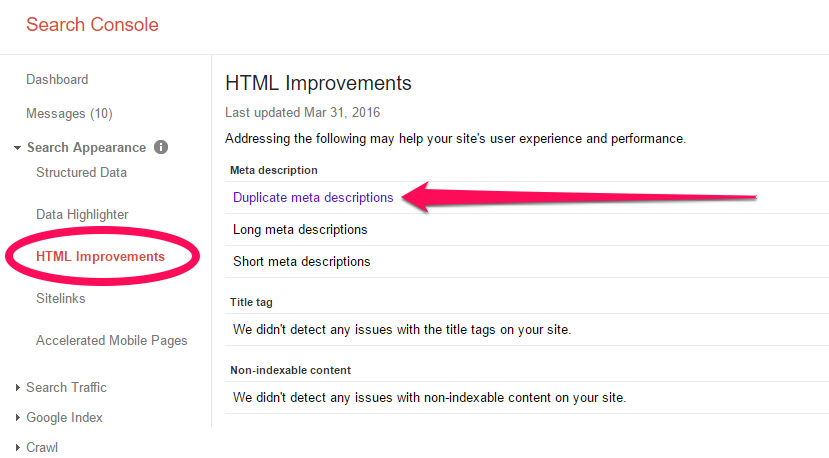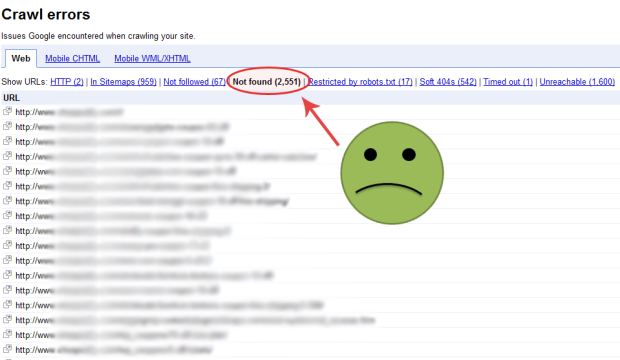There’s no better, faster and cheaper traffic source than Google. But you already know that.
What you might not know, however, is why your website, despite having visibly better content, ranks below many of your competitors in search results. There can be many reasons for this.
You might not have enough quality backlinks, your on-page SEO might be weak, or there might just be too much competition for your target keywords.
One ranking factor, however, that might well be the reason for your low search traffic is your site’s technical SEO structure.
Technical SEO, in simple terms, relates to everything that impacts the performance of your website and its relationship with search engine spiders.
A site with a strong technical SEO foundation not only makes it easier for search engines to crawl and index its content, but also provides a significantly better user experience to its visitors. Over the last two to three years, website performance and user experience have become key factors in Google’s search engine ranking algorithms.
Related Article: Build It And They Will Come: How to Design a Website With SEO in Mind
So even if you have strong on-page and off-page SEO, you can’t rank well in search results without having a strong technical SEO foundation. Here’s how you can build one.
1. Use a Secure and Reliable Hosting Service for Your Website
For strong technical SEO, your website needs to be hosted on secure servers because if it’s not, every other performance measure will become ineffective. I made that mistake last year and suffered badly. Not only was my website hacked because of a poor hosting service, but I also lost all my data since they did not have any auto-recovery systems in place.
Google keeps an eye on these things. If your hosting servers go down frequently, and for long periods, your rankings will suffer (here’s a detailed guide on measuring and monitoring website uptime). And in case your site is hacked or gets affected by malware, you’ll be quickly blacklisted and removed from all search results.
2. Accelerate Page Load Speed and Optimize Your Site’s TTFB
One of Google’s core values is to provide a simple and easy user experience to its searchers. Which is why it comes down hard on slow and poorly optimized websites, even if they have great content. In 2010, Google officially declared page load speed as a ranking factor and penalized websites that did not comply with it.
According to Moz, Google specifically calculates a website’s Time To First Byte (TTFB). This is the average time it takes to load the first byte of your website data. You can evaluate your site’s TTFB by using Google’s Page Speed Tool.
Here are a few ways you can improve your site’s load speed.
- Use a content delivery network (CDN) to boost your site’s performance.
- Optimize images and visual content on your blog using free image compression WordPress plugins like smush.it
- Only use essential WordPress plugins and remove any unnecessary files from your servers.
3. Use a Responsive Website Theme
If your website is not mobile-friendly, you’re potentially missing out on thousands of visitors. More than 50 percent of all online searches originate from mobile devices, which is why Google gives preference to mobile friendly sites in its search results. But just because your site is accessible from a mobile device doesn’t mean it's mobile-friendly. A mobile friendly site uses a responsive design that adjusts dimensions for different devices.
You can use Google Mobile-Friendly Test to evaluate your site.
Using a mobile friendly website design is not optional anymore, it’s a key SEO requirement that you need to comply with.
Related Article: 5 Smart SEO Promotion Tricks to Get You on Top
4. Build a Crawl Friendly Site Architecture
What’s the most number of clicks it takes to reach a piece of content on your site? If it’s more than three to four clicks, Google’s spiders will take longer to crawl your website and index your content. Google spiders use internal links on your site to identify and index relevant pages. To make their job easier, you need to categorize your content in a way that no page is more than three to four clicks away from the homepage.
For example, there are many blogging and WordPress related blogs that cover topics like social media, freelancing and SEO as well. Categorizing the content on such blogs makes it easier for Google to crawl and index content. When Google spiders crawl a category, the internal links would lead them to all the blog posts in that category.
For example:
- yoursite.com/WordPress/start-a-blog
- yoursite.com/Social-Media/Facebook-marketing-guide
This is also called a silo website architecture, and it helps Google crawl your website much faster.
5. Find and Remove Duplicate Content on Your Blog
There’s a difference between duplicate and copied content. Google comes down really hard on blogs that copy content from other websites. I’m sure you don’t do that. But you can still lose traffic because of duplicate content on your blog. This happens mostly because of identical meta-description on multiple pages. Thankfully, though, solving this problem isn’t very difficult.
- Head over to your Search Console account (Google Webmaster Tools)
- Go to Search Appearanceà HTML Improvements
- Click on “Duplicate meta descriptions” to see the specific pages that have duplicate content.
The solution to this problem is canonical URLs. A canonical URL tells Google that you realize there are multiple pages on your site with the same content, but there’s one preferred URL that you want Google to index and leave the rest. Without this, Google would consider the following URLs as different pages and penalize you for duplicate content (while in reality, they’re the same)
- http://www.example.com/
- http://www.example.com/index.html
- http:/example.com/
- http://example.com/index.html
If you don’t want to do this manually, you can use Yoast SEO plugin to apply this URL parameter. Doing this is also important for your backlinking strategy. For example, if you’re using guest blogging, sponsored blog posts or any other tactic to build links to your site, you’d want to use your preferred URL all the time. With canonical URLs, your backlinks will automatically be routed to the preferred URL on your site.
6. Eliminate Crawl Errors on Your Site
One of the main objectives of technical SEO is to make it simple and easy for Google spiders to crawl and index your site. Which is why you need to get rid of any crawl errors that are preventing Google from indexing your content. There are different types of crawl errors. But you can find all of them in your Search Console account.
“Not found” is the most common crawl error that is caused by broken or incorrect links. But there are several other error types as well. Moz has a very detailed guide on fixing all of them. Even if you don’t have any crawl errors right now, check your Search Console account every month just to be on the safe side.
Related Article: Lessons in SEO Oversight: Don't Ignore the Long Tail
Wrapping Up
Having a strong technical SEO foundation is important for your site’s long-term traffic generation strategy. The changes I’ve discussed in this post will put your website on the right track and protect you from any future Google penalties. However, these are just some of the basics of technical SEO. You may want to get in touch with an SEO expert if you want to learn more about this topic.




